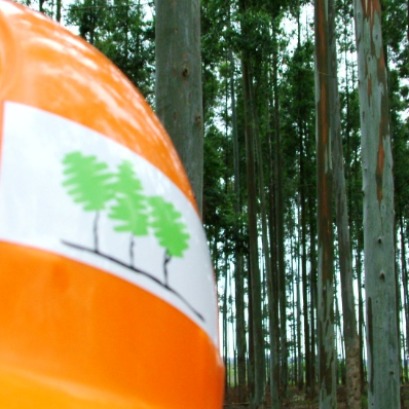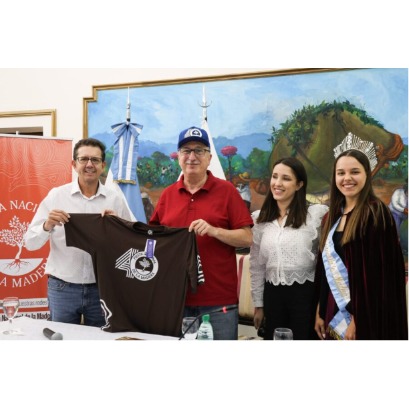
El 10% de las especies del planeta se encuentran en una reserva natural de Ecuador
A 270 kilómetros de Quito, en lo más profundo de la Amazonía ecuatoriana, el Parque Nacional Yasuní
A 270 kilómetros de Quito, en lo más profundo de la Amazonía ecuatoriana, el Parque Nacional Yasuní da refugio a una de las mayores reservas de especies de todo el planeta, una parte de cuya biodiversidad sale a la luz en un nuevo libro fruto de dos décadas de investigaciones
Ubicada en la región oriental del país, con severas restricciones de acceso para proteger este exclusivo entorno, el Yasuní es hogar de un millón de especies, según los expertos.
El 80 por ciento de las especies del Parque todavía no tienen ni nombre científico (...) y aún hay mucho por hacer",aseguró a Efe Kelly Swing, director de la Estación de Biodiversidad Tiputini (EBT), que comenzó sus trabajos a mediados de los noventa.

IT MAY INTEREST YOU
 Between Rivers | Everything ready for the traditional INTA Concordia and AIANER Forestry Days
Between Rivers | Everything ready for the traditional INTA Concordia and AIANER Forestry Days
The traditional Entre Ríos Forest Days, which this year celebrate their 39th edition, will take place on November 7 from 8 a.m. to 6 p.m. at the INTA Concordia facilities, located at Yuquerí Station and Railway tracks.
 They present the Elárbol project in the Ecology Cycle
They present the Elárbol project in the Ecology Cycle
The transmedia initiative reflects the importance of Argentine native flora and focuses on the carob tree as an emblem tree. Today, at 6:�� p.m., at the Argentine Library This Thursday, October 3�, at 6 p.m., the Elárbol project is presented in the Ecology Cycle coordinated by Sergio Rinaldi at the Argentine Library.
 Missions | The traditional National Wood Festival in November celebrates four decades of a popular gathering in San Vicente
Missions | The traditional National Wood Festival in November celebrates four decades of a popular gathering in San Vicente
The official announcement of the 4�th San Vicente National Wood Festival was made this Tuesday by the governor of Misiones, Hugo Passalacqua. The cultural and festive event will take place from November 5 to 9 at the Verón Gallardo Sports Center in San Vicente, Misiones, to celebrate four decades of history. The San Vicente National Wood Festival is a popular meeting point for the agroforestry and commercial community in the Alto Uruguay area, and is an opportunity for the forestry-industrial chain to expose its development and services. The festival includes cultural, artistic and economic promotion activities.





















